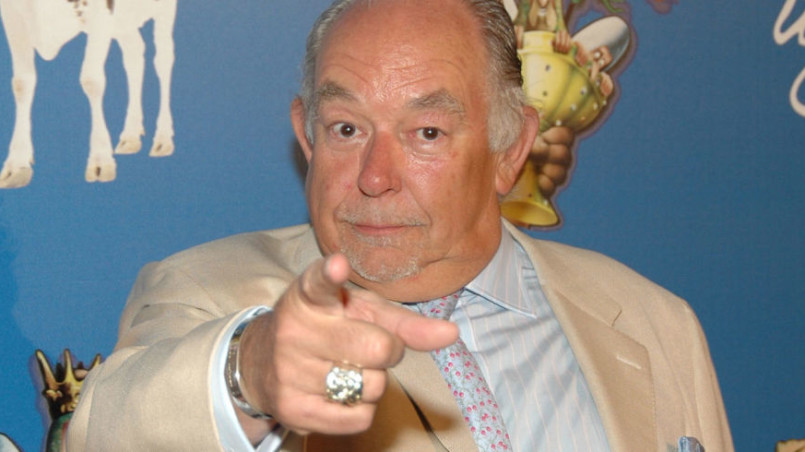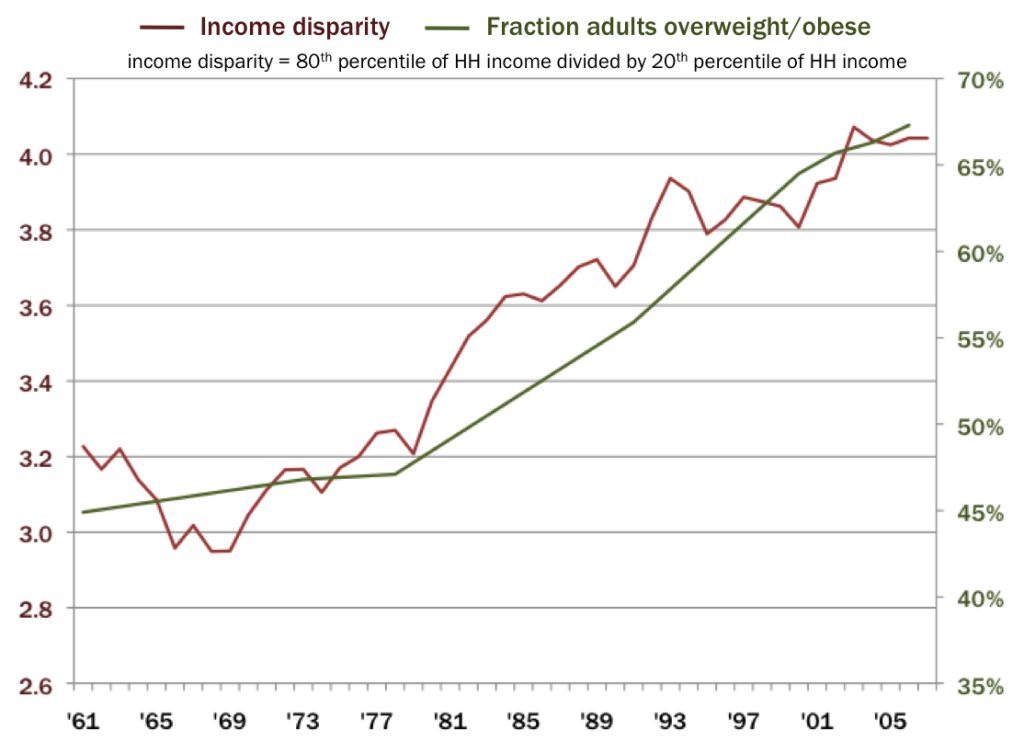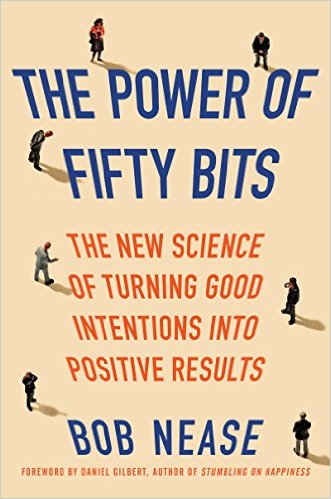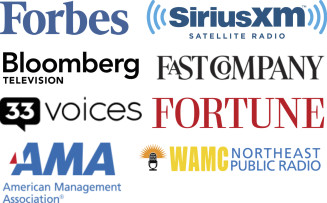I was well into graduate school (and out, and then back in again) when Robin Leach busted onto the TV scene with his runaway “Lifestyles of the Rich & Famous.” If you’re too young (or old) to remember, Mr. Leach took us behind the scenes and into the lives of the spectacularly wealthy. Lifestyles was the escapist precursor that pulled the pendulum way back in advance of COPS, The Real World, Survivor, and the like.
Money is a strange thing, and – in evolutionary terms – a very recent addition to our history. So it’s not surprising that the brain might co-opt an already existing set of routines to deal with it. And one of the big areas of overlap has to do with eating. Nutshelled for your consumption:
- There is an apparent neural overlap between financial and caloric rewards; both light up the orbitofrontal cortex
- Men primed to feel poor prefer slightly heavier women
- People primed to feel hungry donate less to charity
- People primed to feel poor eat more
In other words, it seems as though people deprived of one of these resources seems to cling to the other, and that one part of the brain responds to rewards along either of these dimensions.
It’s that last one that got my attention the other day, as I was re-reading an article in a past issue of Psychological Science (don’t judge). The paper is entitled, “Hungry for Money,” and the authors present results from their research (and that of others) that suggests this interesting link. Here’s a bit from the closing paragraph that got my wheels spinning:
Finally, the symmetric association between food and money may help explain why poor people are especially vulnerable to overeating… as financial and caloric resources are exchangeable, they might tend to appease their desire for money by consuming more calories than is healthy.
Interesting. And testable, at least indirectly in U.S. Here, incomes at the higher end have grown faster than those at the lower end. This makes for a natural experiment in which (presumably) people at the lower end of the income spectrum should be feeling “poorer” over time.
Here’s a simple chart that takes a quick and dirty look at income disparity (shown in red) and the fraction of adults who are overweight or obese (shown in green), both in the U.S. I used the ratio of the 80th percentile for household income divided by the 20th percentile as a proxy for income disparity. The income data are from the US Bureau of Labor Statistics, and the prevalence of overweight and obesity are from the Centers for Disease Control and Prevention.
Lots of association causality does not make, but those two lines look awfully similar to me. Coincidence? A common underlying factor driving both? Or am I getting fat watching other people fly first class?





